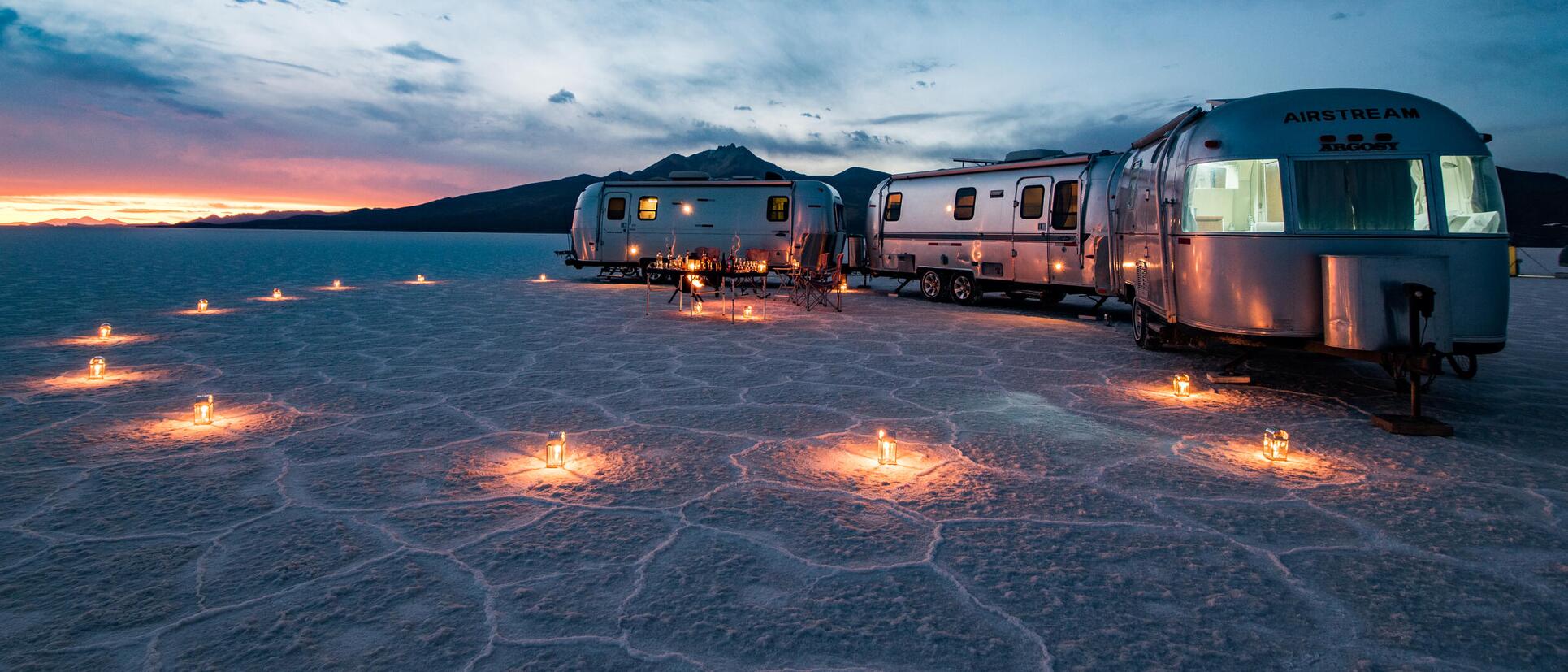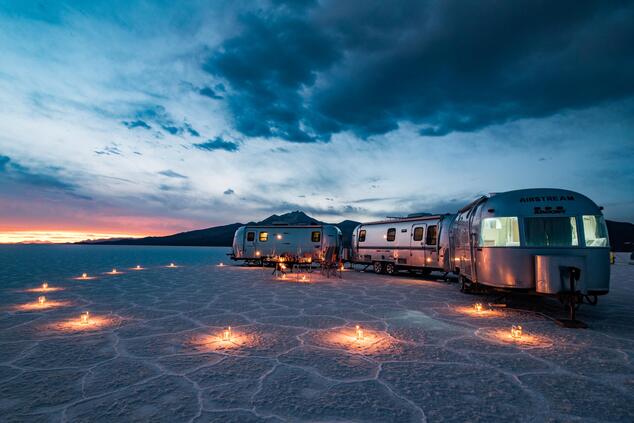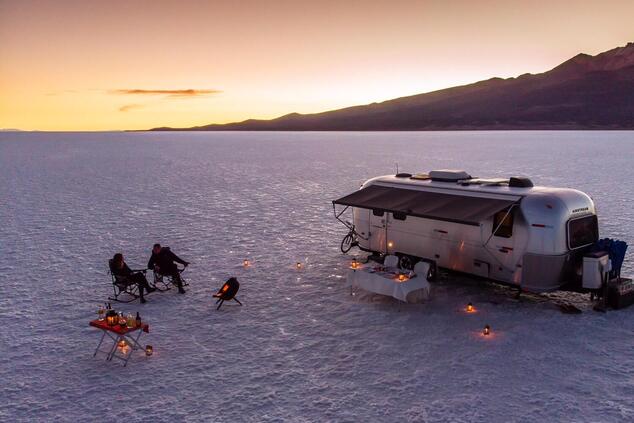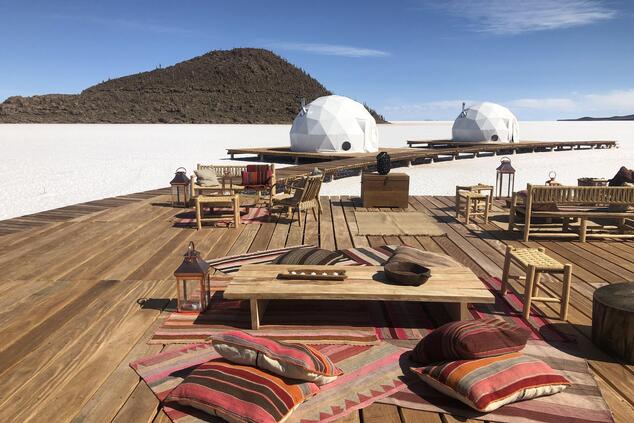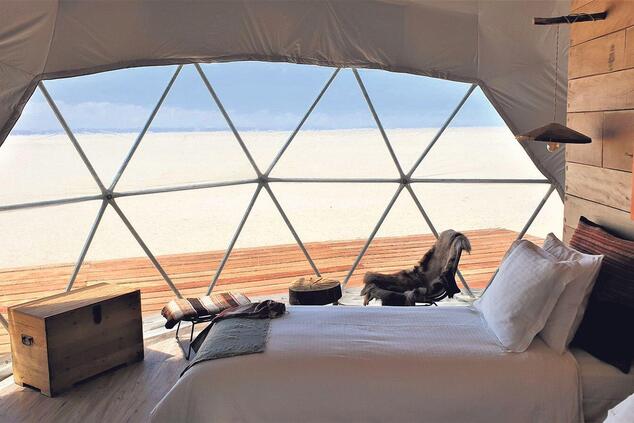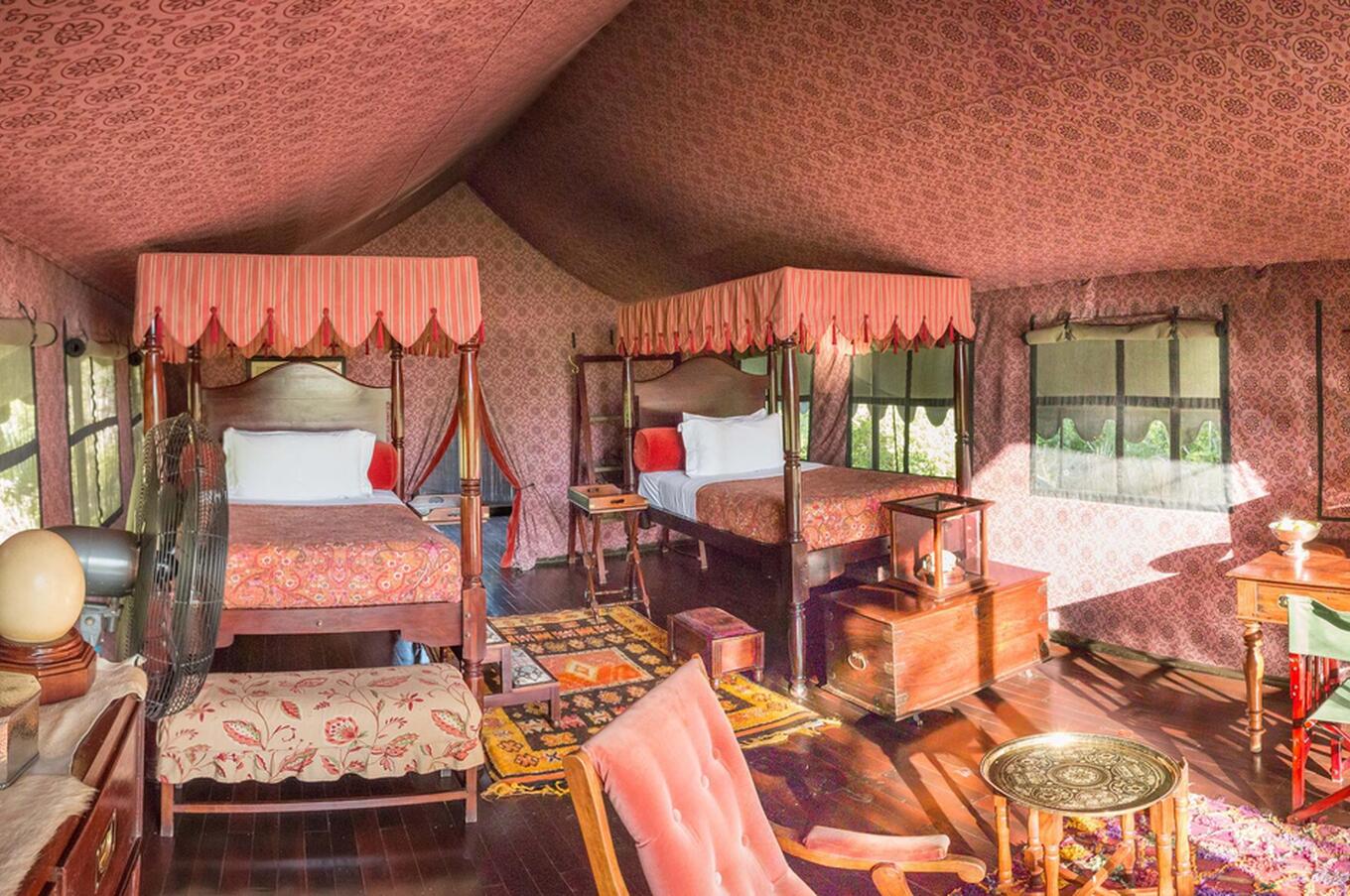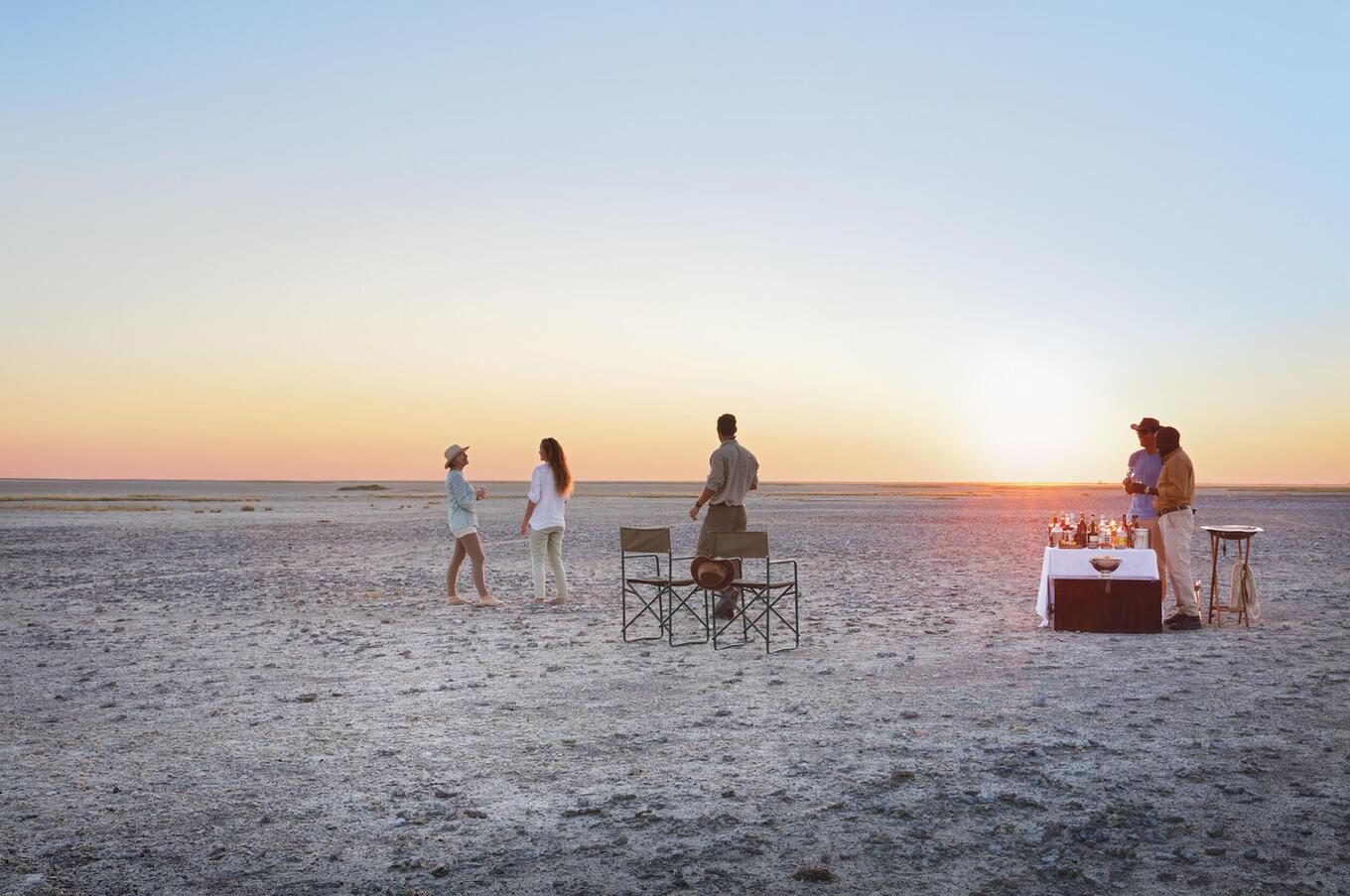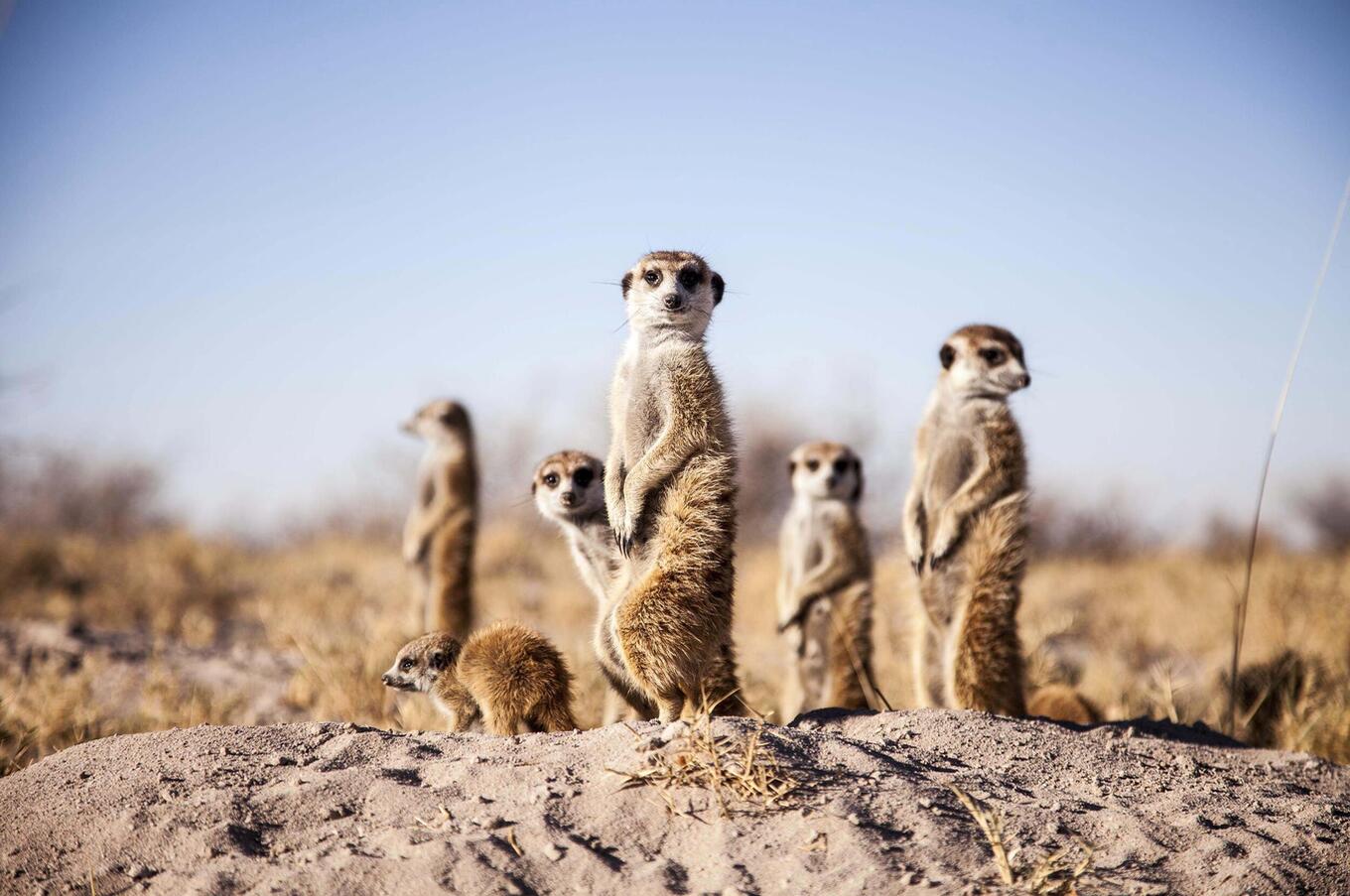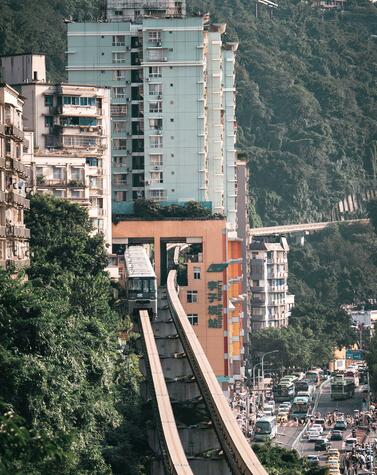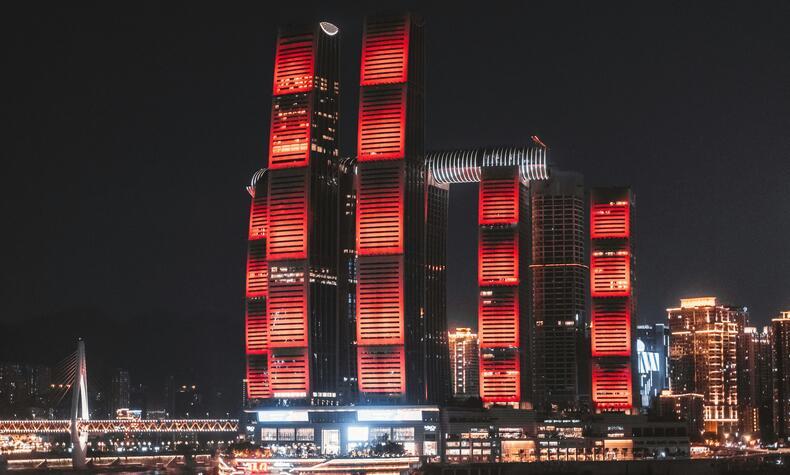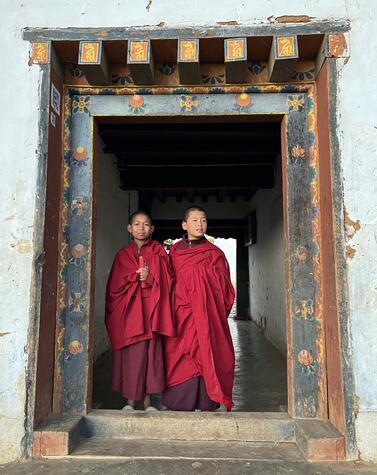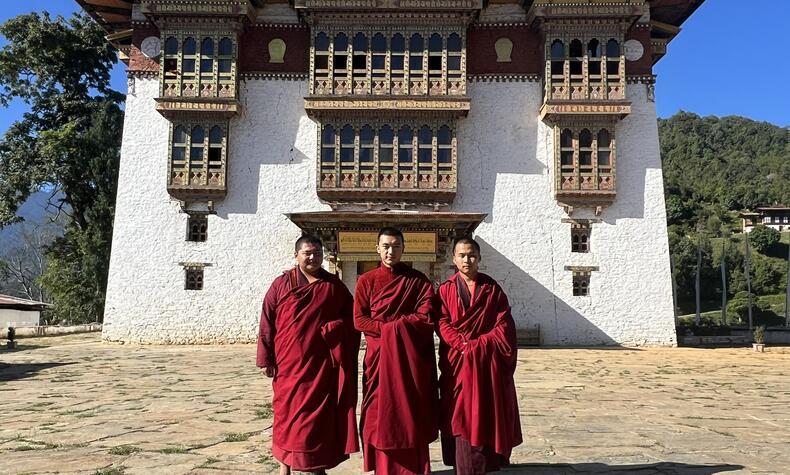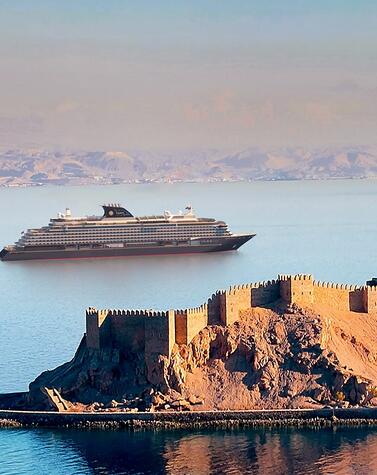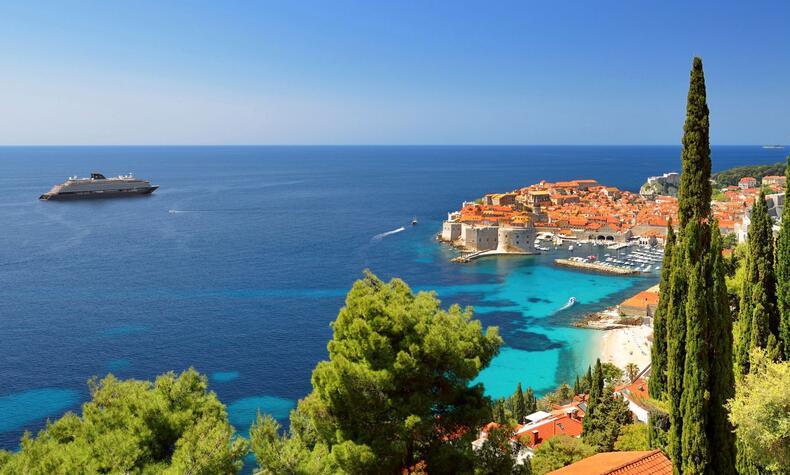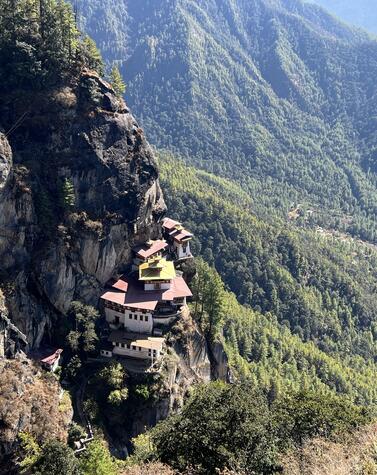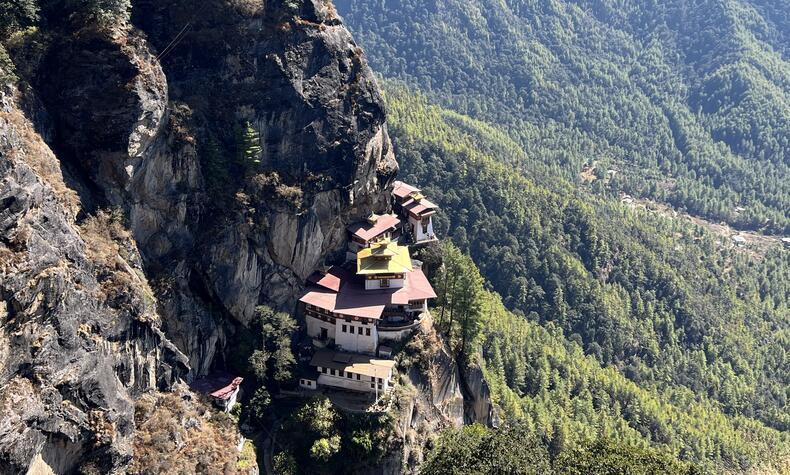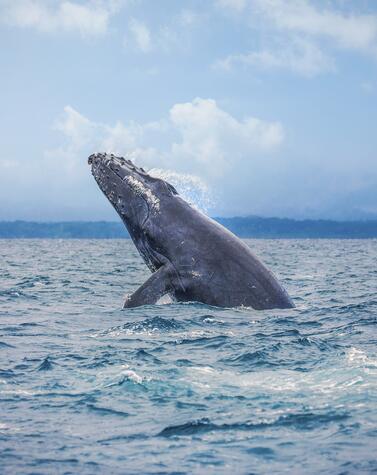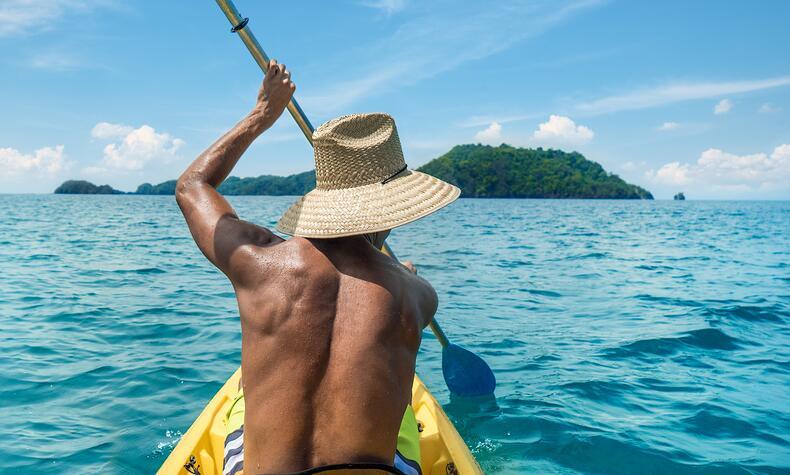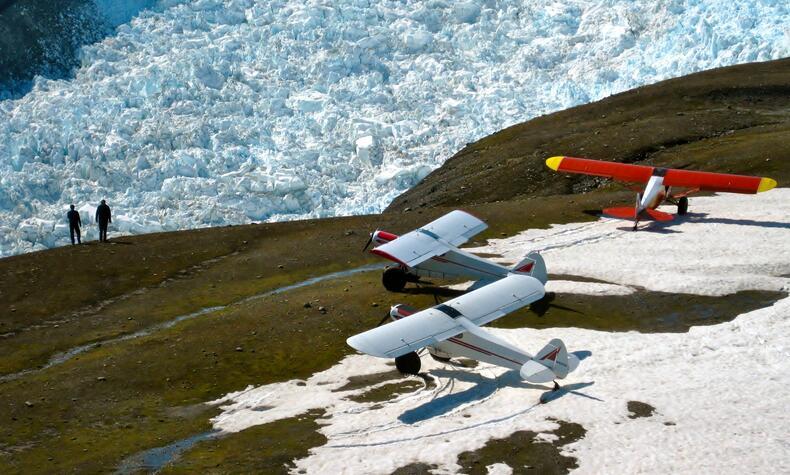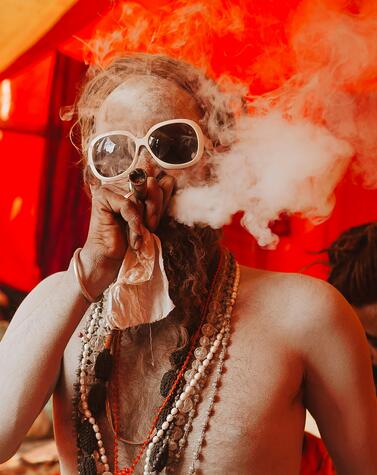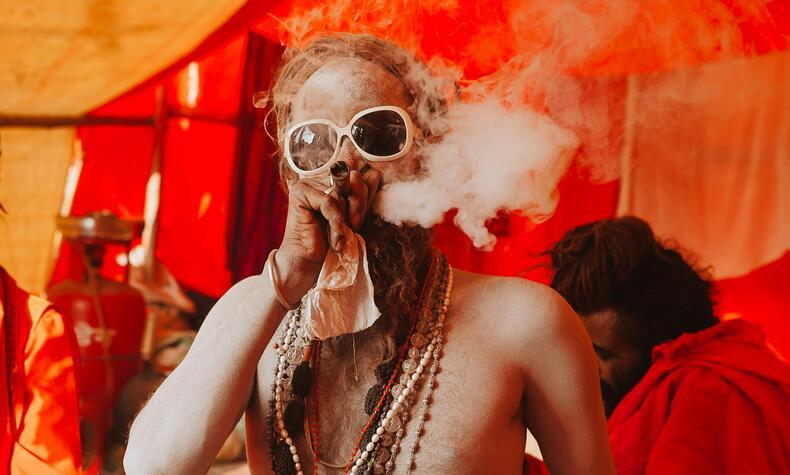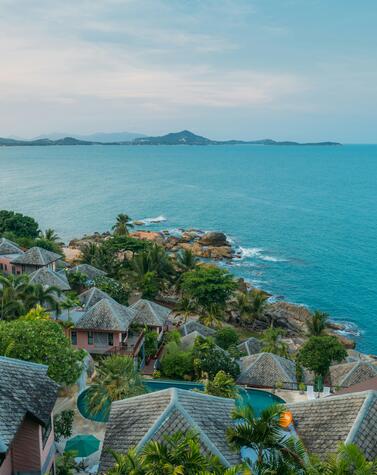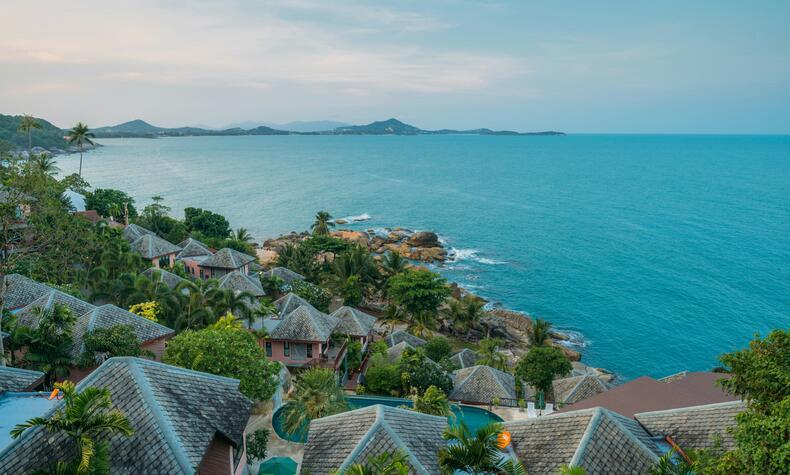Remote
Throughout history, remoteness has always exerted a powerful influence on generations of travelers and explorers who, travelling thousands of miles, embarked on the magical adventure of discovery and self-discovery through distant forests, virgin islands, inaccessible mountains, unexplored seas, hidden cities, and unknown cultures, ethnicities, and traditions.
It is not always necessary to travel to the other side of the world to live a remote experience. We can feel that indescribable and unforgettable sensation that remoteness brings, in places that aren't necessarily far away, but more inaccessible, hidden, unknown to most, and which have not yet been dominated by mass tourism. Destinations where authenticity, locality, and sustainability are the most important. In remoteness, there is room for a distant island but also for an unexplored forest, a local luxury hotel, or an authentic experience. In our 21st-century globalized and interconnected world, where it seems that there is nothing left to discover, we can also associate the concept of remoteness with being offline and daring to live the luxury of disconnecting to reconnect with our essence and our being.
Beyond Robinson Crusoe
Islands, as an exotic and remote concept, have always exerted a powerful attraction in the imagination of travelers, writers, and artists of all times. Many times, an island has been the protagonist of some of the great universal literary works. This is the case of Ithaca, a small island in the Ionian Sea that is the legendary homeland of Ulysses, the protagonist of Homer's "Odyssey". Mocha Island, in Chile, inspired Herman Melville's book "Moby Dick". On the Chilean island Más Atierra, Daniel Defoe located the adventures of his famous shipwrecked Robinson Crusoe in 1719, and James M. Barrie created an imaginary island to locate the magical paradise of Peter Pan, which he called "Neverland".
The construction of Joali was carried out with a low-impact philosophy, building the villas around the trees to avoid any logging and conserve the 1,000 trees that are now part of the environment.
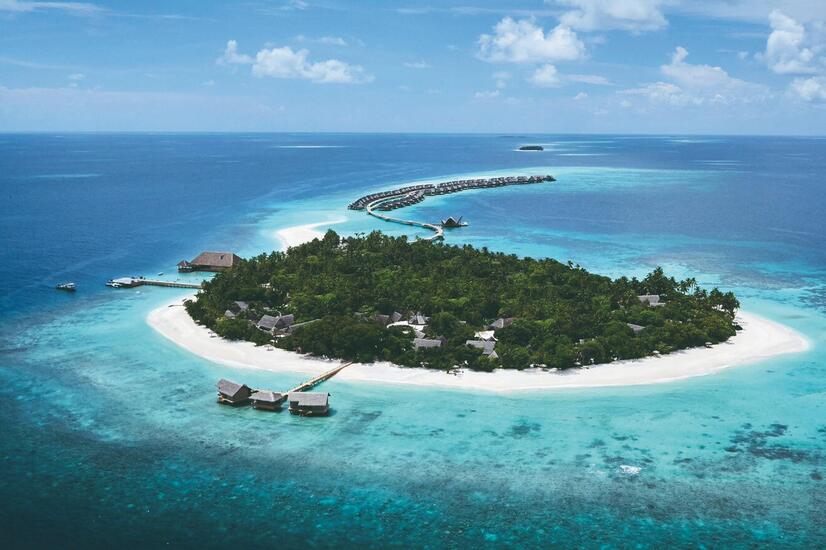
The remote and distant, the mysterious and magical, the authentic and unexplored, the exotic and hidden...these are some of the adjectives that come to mind when defining the concept of an island. These small or large portions of land, surrounded by sea, vulnerable and robust at the same time, many of them guardians of ancient legends of gods, myths, shipwrecks, explorers, and pirates, contain an attractive energy to travelers seeking to experience the remote from the authenticity of nature.
In the middle of the Indian Ocean, there is an island called Muravandhoo, in the Raa Atoll, north of the Maldives. Endless white sand beaches, lined with coconut palm trees, and a seabed full of coral reefs, make this island an ideal destination to get lost and live by the sound of the waves, the sun, and nature. No time, no obligations, no routines, in communion with the remoteness of the place that paradoxically brings us closer to the deepest part of ourselves.
On this island, one of Joali's priorities is to preserve the fragile natural balance of the Maldives. In this ecosystem, from the smallest insect to the largest palm tree, each species plays an important role in the balance of this earthly paradise. Today, the acidification of the sea is beginning to be one of the major causes of coral loss, and Joali has a marine biologist who is currently leading a coral reef recovery program.
The remoteness in Joali is not only a concept of time but of ancestral traditions of the island that it is possible to experience together with the local population, such as the ceremony marking the beginning of spring that, through a bonfire, celebrates the rebirth of nature and cleanses any residue of winter. If we are left wanting something more remote, a jet ski may take us to a deserted islet where we can be alone with ourselves in symbiosis with the infinite blue of the sea horizon.
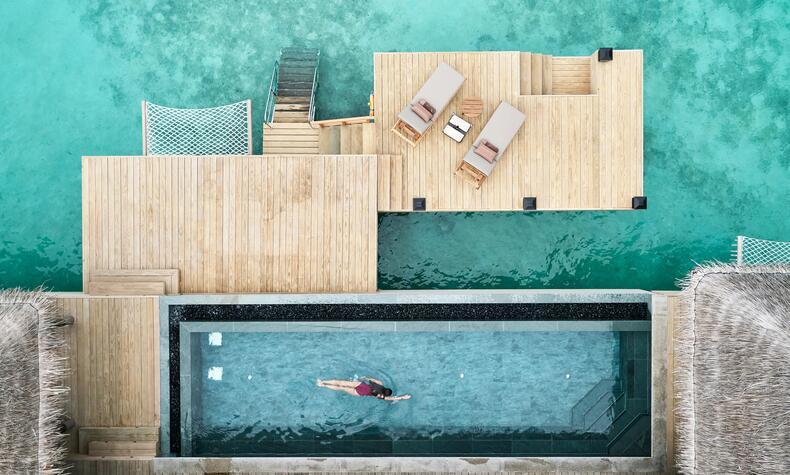
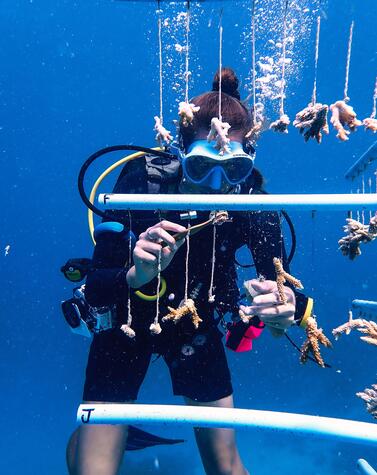
A desert of salt
The deserts have always been associated with inhospitable and remote places considered distant and impenetrable. The Uyuni salt flat is the largest salt desert in the world, with an area of 10,582 km². It is located at about 3,650 meters in altitude in southwestern Bolivia, at the foot of the Tunupa volcano. The Uyuni Salt Flat is the largest lithium reserve in the world, with 50-70% of the world's lithium, and also has significant amounts of potassium, boron, and magnesium.
It is estimated that Uyuni contains 10 billion tons of salt, of which 25,000 tons are extracted each year. In the past, thousands of years ago, the salt flat was covered twice by water: once by Lake Minchin 40,000 years ago and again by Lake Tauka 12,000 years ago. These waters evaporated and gave rise to extensive layers of solidified salt that gave this remote place the appearance of a white lunar desert. The only inhabitants of this enigmatic area are giant cacti, flamingos, and village communities such as Jirira.
In the middle of this salt desert, we are surprised by Kachi Lodge, an original ecological lodge integrated by a set of domes or geodesic-style domes. The lodge is powered by solar energy, practices a 0% plastic policy, and even the domes are recyclable.
- We can tour the salt flat with total freedom in an exclusive adapted airstream. —
- A chef accompanies us at all times to enjoy the most exquisite local gastronomy. —
- Kachi Lodge is an original ecological lodge integrated by a set of geodesic style domes. —
- The lodge is solar powered and practices a 0% plastic policy.
Another way to go into the infinite white sea of salt is with a trailer, adapted with a comfortable double room, bathroom, and a 4x4 to freely explore the salt. In addition, a chef accompanies you at all times to enjoy a gastronomical spread with local touches.
Between mid-January and late February, some years until March, the salt flat is flooded by water from all the small streams that flow into its plain. This produces a flooding of a few centimeters throughout the salt flat, creating a mirror effect on which you can drive, creating an opportunity to take some incredible photographs.
The rest of the year, the salt flat becomes a very active area to tour on mountain bikes, ascend on a hike to the crater of one of its extinct volcanoes, or simply experience the sensation of walking on an endless white desert that crunches under our feet.
On top of the world
The highest peaks in the world, the Himalayas, are inhabited by millennial Hindu and Buddhist wisdom and are considered a hostile, distant, and strange place.
Shakti is a Hindu word meaning "power, ability, strength, capacity" and is the main cosmic energy that, in Hinduism, represents the dynamic forces that are believed to move through the entire universe.
Shakti is also the name of a remote place where you can experience life on top of the world, in the Himalayas, overlooking the lofty peaks that form a natural border between northwestern India and Nepal. It is a sanctuary with excellent views of the highest mountains on the planet and offers total isolation from civilization, a place of silence and peace to nurture the body, mind, and soul.
Here, we have the opportunity to discover some of the most remote regions of the Himalayas, such as Kumaon, Ladakh, or Sikkim, surrounded by a sustainable environment ideal for sophisticated travelers who appreciate privacy, authenticity, and this remote environment combined with the most exclusive comfort and style. A place to let ourselves feel and connect with our most spiritual self, with the silence that dwells within each of us.
Shakti is a remote place where you can experience life at the top of the world in the Himalayas, overlooking the towering peaks that form a natural border between northwest India and Nepal
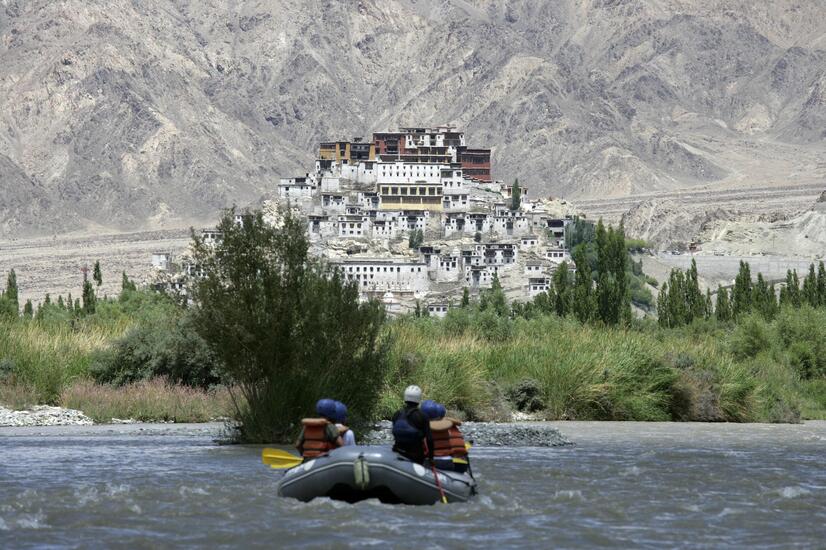
Authentic Africa
British physician, explorer, and missionary David Livingstone first ventured with his wife and children into the Kalahari Desert in 1849, where he discovered Lake Ngami in Botswana and reached the Zambezi River two years later.
The writer Ernest Hemingway once said, "I never knew of a morning in Africa when waking up I was not happy". And this is what must have also happened to Jack Bousfield, a legendary crocodile hunter and safari specialist, who set up a safari camp in the 1960s in the Makgadikgadi Salt Flats area, in the heart of the Kalahari Desert in northeastern Botswana. Jack died in 1992 in a light aircraft accident, and his son, Ralph, founded Jack's Camp, one of the most iconic, exclusive, and elegant camps in Africa.
One of the main attractions of this camp is its 40s-style safari tents, decorated with colonial-style furnishings, Persian rugs, Victorian fabrics, and antiques. The safari's scenery, sunsets, and silence are spectacular at this luxurious and remote location in one of the most authentic places in Africa.
The End of the Earth
The ancient Greeks used the name "Ultima Thule" to describe the unknown realm that lay beyond the northern limits of their maps. Long before European settlers came to Alaska, local Athabascan tribes sent exploratory expeditions to this valley. Those expeditions never returned. Even today, Glenallen elders explain that their people believed the valley to be haunted, and for that reason, never settled here.
But in 1958, John Claus, a professor with a passion for nature and aviation, first flew over this area and fell in love with a parcel of land near the Chitina River. The government granted him 5 acres and, armed only with axes, John and two Eskimos built the first log cabin on the banks of the Chitina.
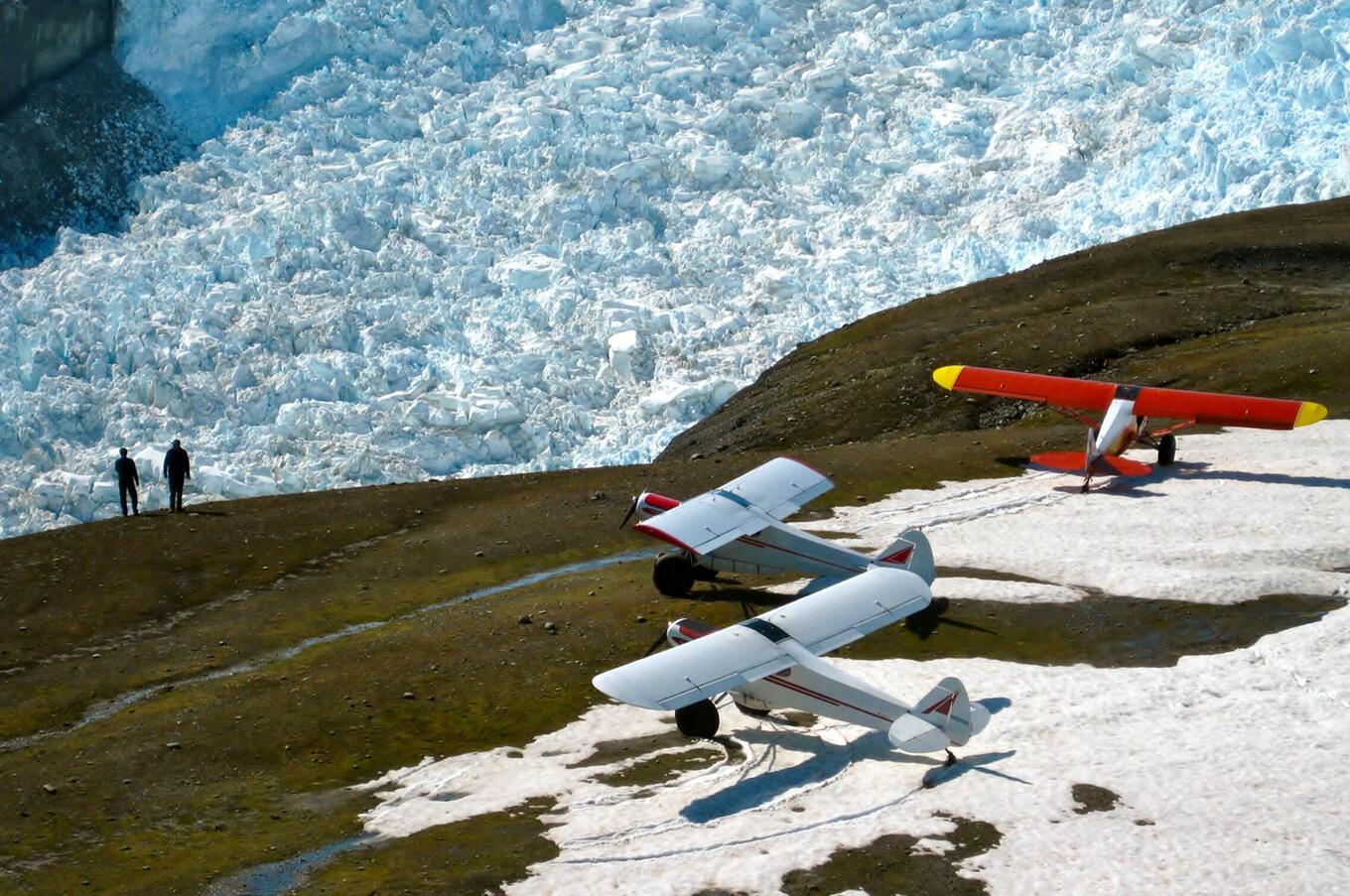
Over the years, the river flooded twice, and the settlement moved up the mountainside. Since then, Ultima Thule has grown and now offers all the luxury and hospitality of civilization to travelers in one of the deepest and most inhospitable wilderness areas in Alaska.
In 1982, John's son, Paul, along with his family, made this land their permanent home and began building this unique lodge, located 100 miles from the nearest road, in the largest protected reserve on the planet, Alaska's Wrangell-Saint Elias National Park. Ultima Thule is accessible only by small plane, and the Claus family claims it is one of the few areas on the planet where it is still possible to visit places where no human being has ever been.
In the most remote part of the southern hemisphere
Willem Janszoon (1570 - 1630) was a Dutch navigator and colonial governor and the first European to explore the shores of what the Romans called "Terra Australis" (the Unknown Land of the South), Australia. In 1605, an exploratory expedition took him to Cape York Peninsula, in present-day Australia, which he mapped, believing it to be an extension of New Guinea. On his return, he called the discovered territory New Zealand, a name which fell into oblivion and was later replaced by Australia.
The South Pacific, New Zealand, and Australia are areas that throughout history have been associated with the concept of remoteness. But the vast expanse of Australia means that, within Australia itself, we can still find remoteness within remoteness.
In the marshes of the Mary River, a short distance from the coast, lies Bamurru Plains, a 300 km² private property on the edge of Kakadu National Park. A remote and beautiful wilderness region with a natural environment teeming with wild birds and animals. At night, there are no lights, just the sound of the deep chorus of the bush forest, frogs, and owls.
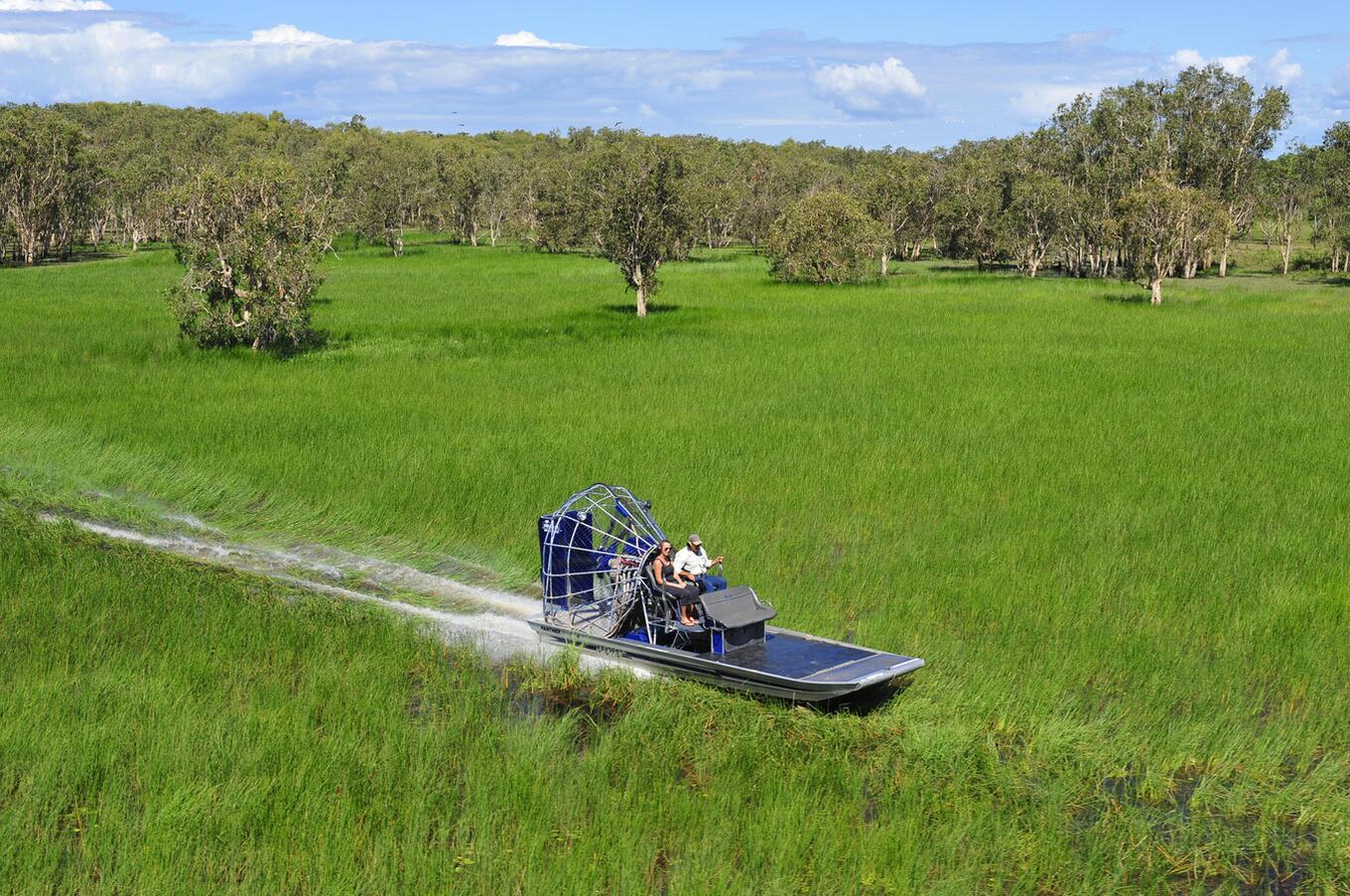
Nearby is Kakadu, a region of exceptional natural beauty and unique biodiversity, and one of the few World Heritage areas listed for both its cultural and natural values. Kakadu National Park is jointly managed by its traditional Aboriginal owners and the Director of National Parks.
Here, travelers avid for nature and remote landscapes can enjoy activities such as crocodile-spotting river cruises, safaris on foot or by 4WD, and day and nightlife flow with wildlife viewing in the area.
